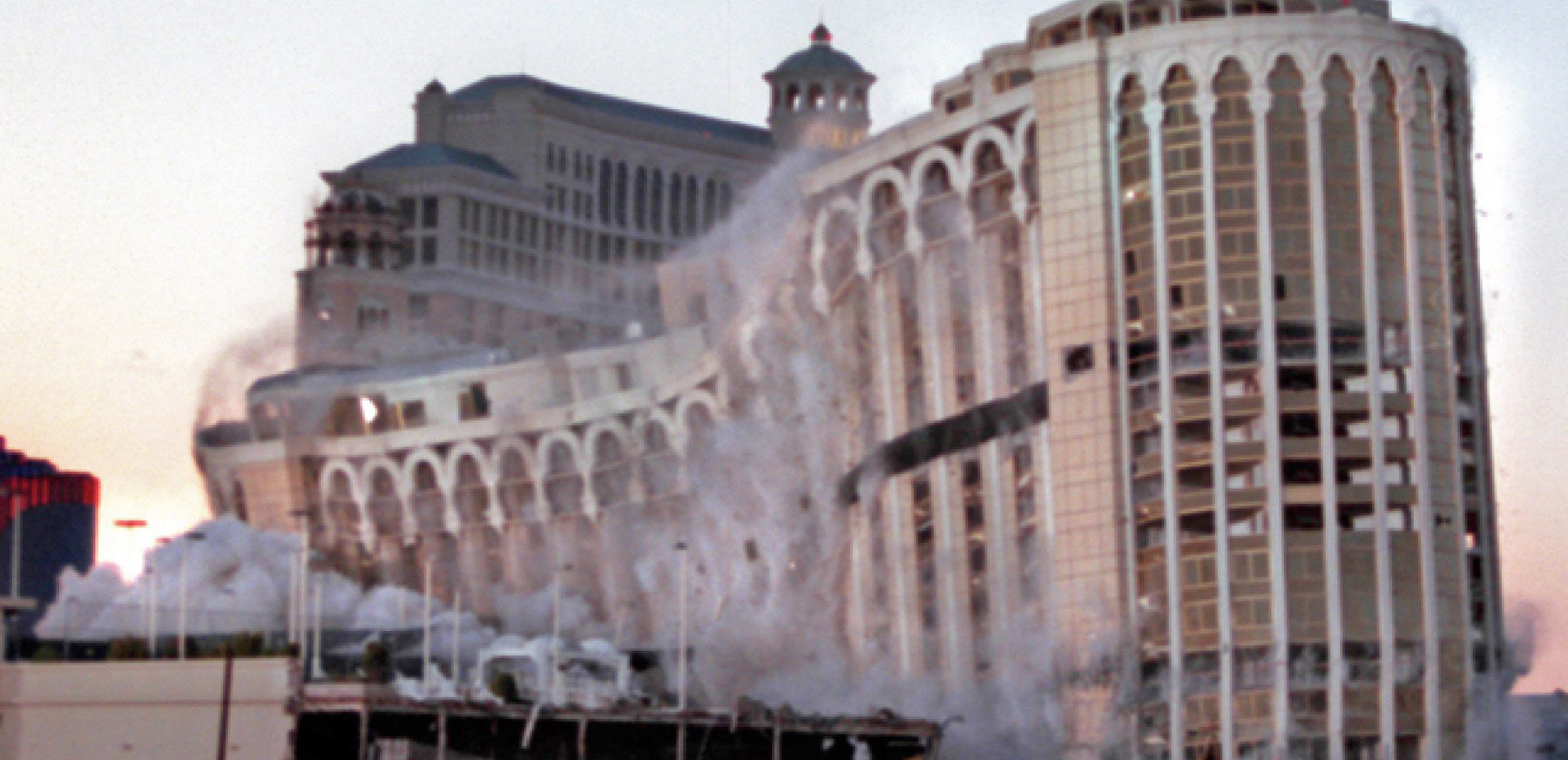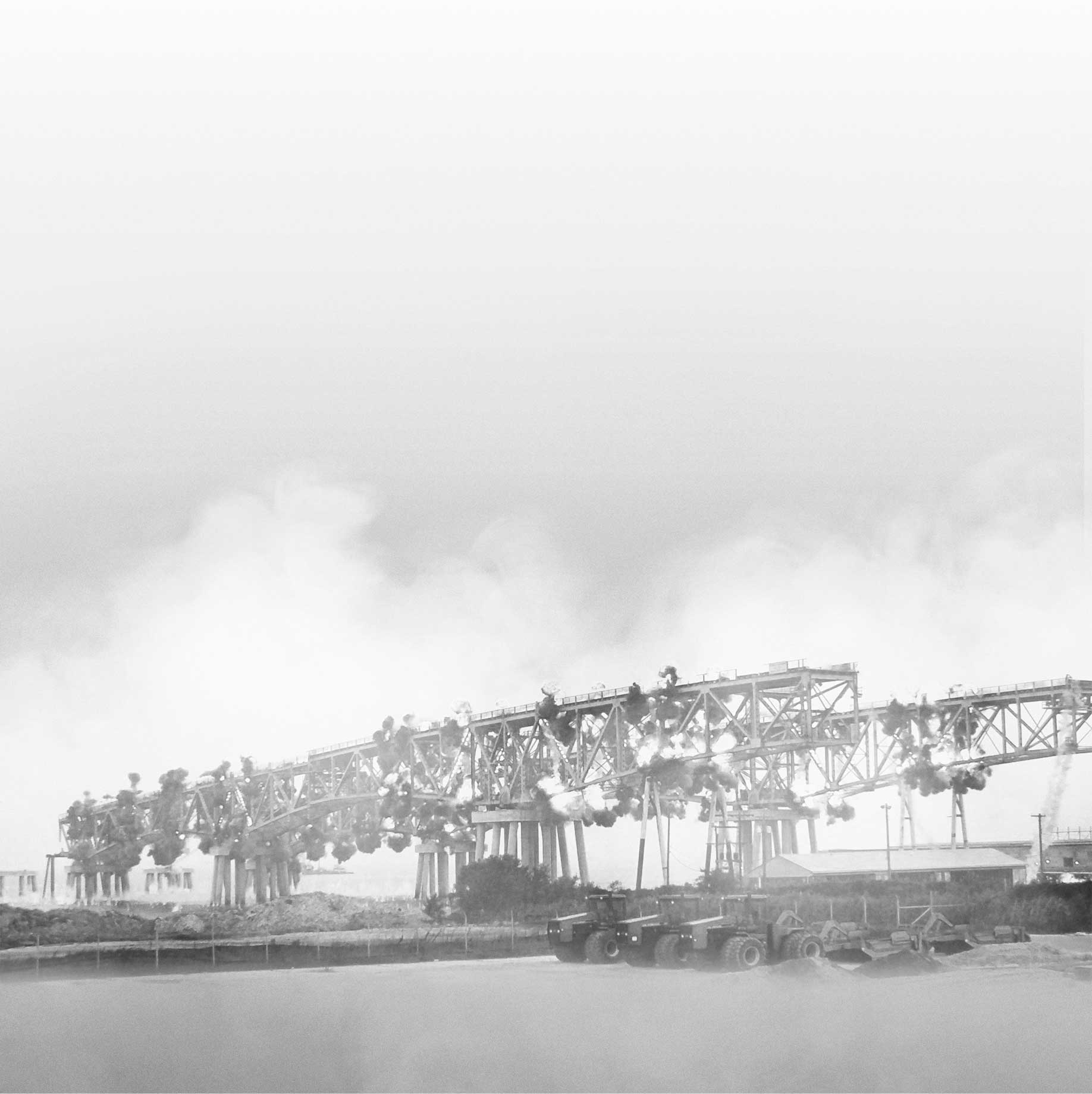When 99% Is Not Enough
EXPLORING THE GAP BETWEEN CONFIDENCE AND CERTAINTY
In the world of financial engineering, risk measures are used to estimate the probabilities of unexpected outcomes. VaR is commonly utilized to calculate the worst loss an institution can experience within a certain timeframe up to a confidence level of 99%. For some businesses however, a measure that only covers 99% of any variable is simply unacceptable. THINK takes a closer look at the demolition and nuclear power industries to understand how risk is managed when anything less than a perfect outcome can be a catastrophe.
A CONTROLLED DEMOLITION
When a financial institution is destroyed, something terrible has happened. When Controlled Demolition, Inc. (CDI) destroys something, it means everything has gone according to plan. CDI is an American company that demolishes structures with the kind of precision and planning usually associated with their creation. For over 60 years, 3 generations of the Loizeaux family have created a commercial explosives demolition industry through innovation, expertise, leadership and a methodology designed to guarantee complete predictability. This history includes the implosion of the Kingdome in Seattle, which holds the Guinness World Record for the largest structure by volume ever felled with explosives.
“Once we decide that we can safely perform a project from a technical standpoint, the first risk we manage is that of our client. We need to understand their perspective, their position in the industry and what they have to lose. Our solution to their problem needs to embrace those points, as well as those related to CDI’s scope of work and task at hand.”
Mark Loizeaux, CDI President
CDI begins with engineering to see if the numbers match the company’s intuitive analysis for the likelihood of success, based on their experience in the demolition of thousands of structures. Not everything CDI does can be proven mathematically, because even with a set of original, as-built blueprints, a finite structural analysis would need to be performed to fully trust the data plugged into structural engineering formulas. “In order to achieve this level of trust, we would have to de-build the structure. Once this is done, there would be no need to implode it!” Mark points out.
The next step is to break the demolition down into a series of sequential tasks, with critical path management at each level, to ensure absolute control over the project’s successful outcome. This requires tremendous experience, extraordinary observation and management skills, and the ability to communicate clearly with not only the client, but also every single team member involved.

“We become the core clearing house for decision making, communication and performance. If we aren’t permitted this role, then we aren’t interested in the project,” states Mark. CDI takes this position because under common law in the United States, explosives-handling operations fall under strict or absolute liability. This means that operators are not considered innocent until proven guilty in the court’s eyes. Rather they are guilty until they can demonstrate their innocence. This puts CDI at extraordinary risk with regard to litigation, as the company’s insurance and reputation are first in line for claims.
EXPLOSIVE RELATIONSHIPS
Historically, the relationship between regulators and the demolition industry has been a tenuous courtship. “Regulators are accustomed to industries that rely on mathematical analysis and computer programs memorialized in technical publications and books,” observes Mark. While construction disciplines are taught in universities and there is a well-documented history of how to control a design/build process when a structure is erected, the same can’t be said for taking a structure apart. This is largely because the data on what actually exists in older, fatigued structures is too uncertain, and there is no large body of data or industry-sponsored groups to vouch for the data, as is the case in the construction industry. As a result, the National Demolition Association spends a great deal of money to educate regulators and maintain clear lines of communication.
“Regulatory agencies in our field don’t know as much about what we are doing as we do, particularly with regard to new and cutting-edge concepts. As a result, regulators tend to be more reactive than proactive, and show up once a problem has been identified at a demolition project.
Mark Loizeaux, CDI President
NORMALIZATION OF DEVIANCE
About a year before the credit crisis a small episode took place in the CDO market. There was a worry that the debt ratings on Ford and GM would be dropped below investment grade, causing a massive realignment of correlations. Some instruments were subsequently priced far outside of what the models had predicted. For a few weeks the market was quite concerned about these implications, but, ultimately, the expected downgrade did not occur and the market moved on.
Periodically situations like this occur where a small market disturbance suggests an underlying issue of model failure. Since no bank went under in these transactions and markets returned to normal, the models were not examined further. One possibly harmful outcome from the continued use of these models was that a false sense of security took hold, a behavior that practitioners in social and physical sciences must seek to avoid.
“I think it is more appropriate to say that what I learned from the financial industry is what I apply to the demolition industry: never risk more than you’re prepared to lose.”
Mark Loizeaux, CDI President
In the nuclear industry this phenomenon is referred to as normalization of deviance. Gee cites an example from the aerospace industry that underscores the potential damage a false sense of security brings. “NASA was using foam insulation to protect space shuttles from the heat caused by reentry into the earth’s atmosphere. The foam was known to come loose and damage the craft’s thermal protection system. This had happened four or five times and NASA management was aware of it, but it did not lead to a change in behavior.” As a result, a deviance occurred and became accepted as normal until an eventual catastrophe occurred and a shuttle disintegrated during reentry.


